Your dog’s dewclaws are the equivalent of a human thumb. But not all breeds of dogs have that extra claw on their rear feet.
Not all dogs require dew claws (or hind dewclaws) as part of the breed standard, but it can be really beneficial for dogs that are involved in things like agility, or might need extra grip on rough terrain.
Commonly, we leave the extra digit on our dog’s legs at the front, but the back dewclaws are most often removed if they should be present.
So which dog breeds do have dewclaws, naturally, on their back legs?
What Is A Dewclaw?
A dewclaw is a small toe located on the inside of a dog’s front or back leg near the wrist area, and it is non-weight-bearing. Dogs and cats are typically born with two front dewclaws, but some may have one or more dewclaws on the rear limbs as well. The dewclaws are essentially the thumbs and big toes of the dog world, and they correspond to our thumbs. The dewclaw helps stabilize the carpus (the wrist) of the lead leg by touching the ground when a dog is in a gallop or canter. It also provides support to the limb when dogs turn, which is why dogs who compete in agility or other dog sports can benefit from having front dewclaws. However, dewclaws can also be prone to injuries such as overgrowth, ingrown, infected, torn, or broken dewclaws. Trimming the nails regularly can prevent such injuries.
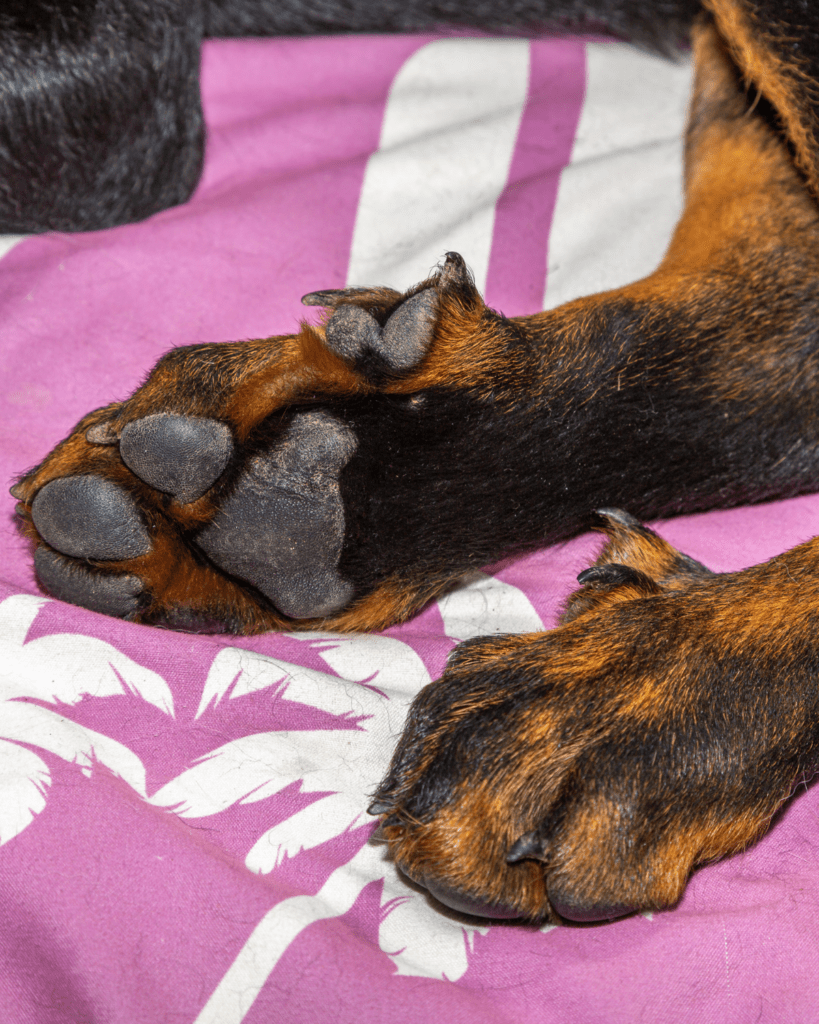
Where Are A Dog’s Dewclaws?
Dogs have dew claws on their front and/or hind legs. Dew claws are the “thumbs” of a dog’s paws and are located higher up on the leg than the other toes. On the front legs, dew claws are found on the inside of the leg, usually just above the paw. On the rear legs, dew claws are found higher up on the leg, usually just above the paw but closer to the body than on the front legs. Not all dogs have dew claws, and some may have them on only their front or rear legs, while others may have them on both. The presence or absence of dew claws can vary by breed and may even be removed by some breeders or owners for various reasons.
Why Do Dogs Have Dewclaws?
Dewclaws are the fifth digit on a dog’s paw which is located higher up the leg than the other four toes. Dewclaws that are attached by bone to a dog’s front foot have a definite purpose. When dogs run, their front feet often bend to the point where their dewclaws contact the ground. At high speeds (especially when turning) or on slippery surfaces, these dewclaws provide extra traction and help stabilize the carpal (wrist) joint. Dewclaws also help stabilize the carpus (the wrist) of the lead leg by touching the ground when a dog is in a gallop or canter.
The dewclaw digs into the ground providing support to the limb when dogs turn. For this reason, dogs who compete in agility or other dog sports can benefit from having front dewclaws. Additionally, dew claws may also be used by some dogs for tasks such as climbing, scratching, or cleaning their teeth.
Then, your dog will also use them to help their grip when they’re eating bones or chews too.
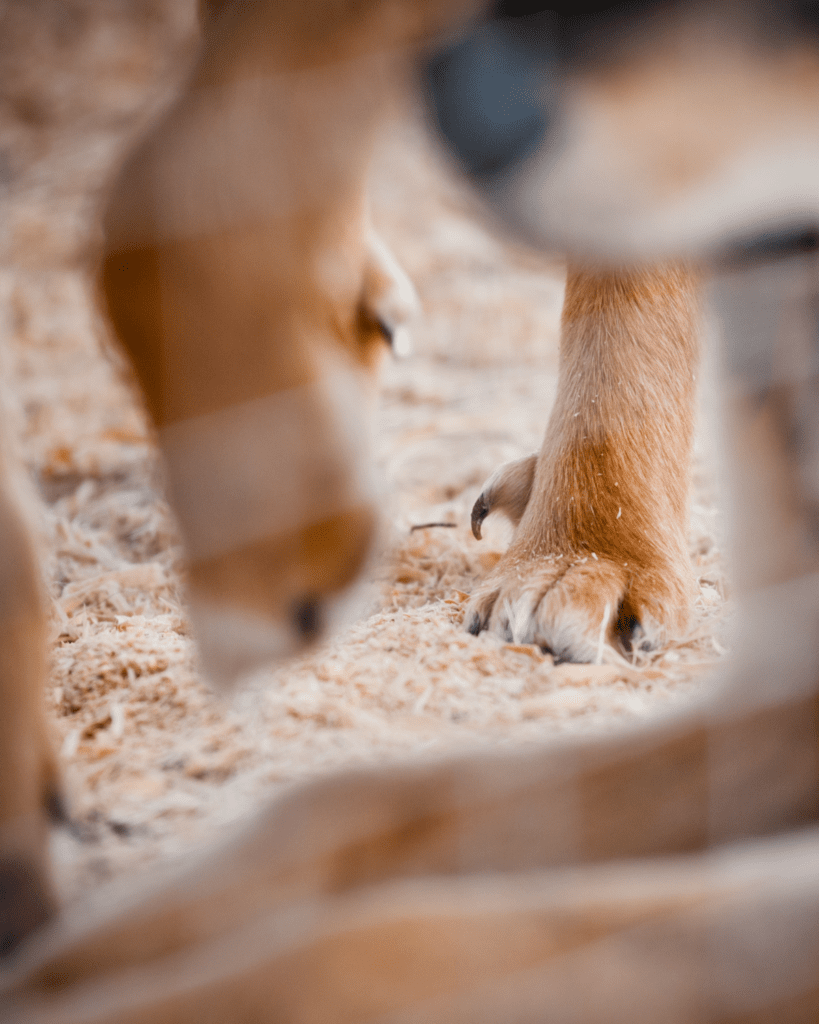
What Dogs Have Rear Dewclaws?
Well, actually, all dogs are born with them, usually the vet or breeder snip them off when they’re tiny puppies. This prevents injury in later life (but we’ll discuss this later!!).
However, some dog breeds that have rear dewclaws tend to be flock guardian breeds and a smattering of other working dogs but they include:
- German Shepherd
- Anatolian Shepherds
- Saint Bernard
- Beauceron (double rear dewclaws)
- Pyrenean Shepherd (single or double claws)
- Norwegian Lundehund (they actually have extra toes!)
- Golden retrievers
- Briard (double rear dewclaws)
- Spanish Mastiff (rear double dewclaw)
- Estrela Mountain Dog (single or double rear dewclaws)
- East Siberian Laika (double rear dewclaws)
- Anatolian Shepherd (double rear dewclaws)
- Icelandic Sheepdog (double preferred rear dewclaws)
- Basenji
- Catahoula Leopard dog
- New Guinea singing dog
It’s part of the AKC breed standards for the beauceron, actually, to have their double rear dewclaws intact for the show ring because they are functional double dewclaws.
It’s important to note that the presence of rear dewclaws can vary within each breed, and not all dogs of a specific breed will have rear dewclaws. Additionally, not all kennel clubs recognize rear dewclaws as standard for each breed.
Why Do Some Dogs Have Double Dew Claws?
Double dewclaws are common among large working dog breeds, which have historically worked alongside their owners herding sheep. These dewclaws can be found on the hind legs and are a fully-formed toe, complete with a bone structure and attached to the leg by nerves and muscles. In some breeds, there are even double rear dewclaws. The presence of double dewclaws in dogs is related to different genetic mechanisms, such as the involvement of the non-sex-linked recessive gene and LMBR1 Gene, a limb development membrane protein, and the associated genome parts.
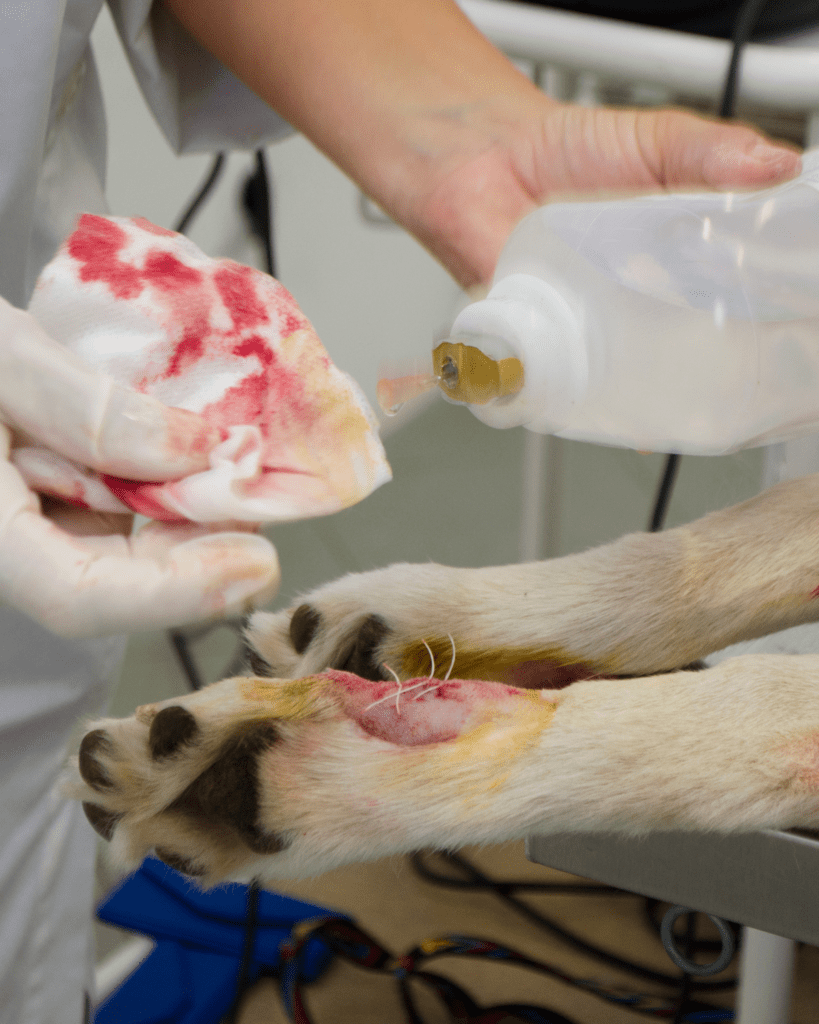
Why Do Breeders Or Vets Remove Dewclaws?
There is no valid medical reason for the removal of dewclaws unless there is a medical issue with the dewclaw, such as severe injury or disease, such as cancer. The rear dewclaws are more frequently removed because they do not serve much of a purpose and are more likely to be injured and are commonly removed within a few days of birth by a vet or a breeder (depending on local legislation). They are also removed in show dogs because their presence has an aesthetic effect on the overall appearance.
However, even the removal of well-developed rear dewclaws is not necessary unless there is a diseased dewclaw or dewclaw injury. Veterinarian Dr. Marty Becker notes that many times the reason a dewclaw is injured is because the nail catches on something, and it can cause problems.
How Common Are Dewclaw Injuries?
Dewclaw injuries in dogs are relatively common, and the fact that these claws are referred to as “injury-prone dewclaws”.
Common dewclaw injuries include torn or broken, overgrown, ingrown or infected dewclaws. If a dog has dewclaws, they must be commonly checked especially for overgrowth. The best way to prevent dog dewclaw injuries is to trim the nail regularly. A dog’s dew claw can get injured from playing or running around. Common injuries include infection from an ingrown claw, a broken or dislocated dew claw, or a broken nail.
Symptoms of an injury include limping, swelling around the claw, licking at the claw, and obvious discomfort with their paw being handled.
National Canine Research provides further insight into the types of injuries that can occur, which include overgrown dew claw, ripped or torn to the quick dewclaw, cracked or broken dew claw, and infected dew claw. The signs of a dew claw injury can include limping, bleeding, and crying out when you try to touch the area. Therefore, it is important for dog owners to regularly check their dog’s dewclaws and take appropriate measures to prevent and treat any injuries that may occur.
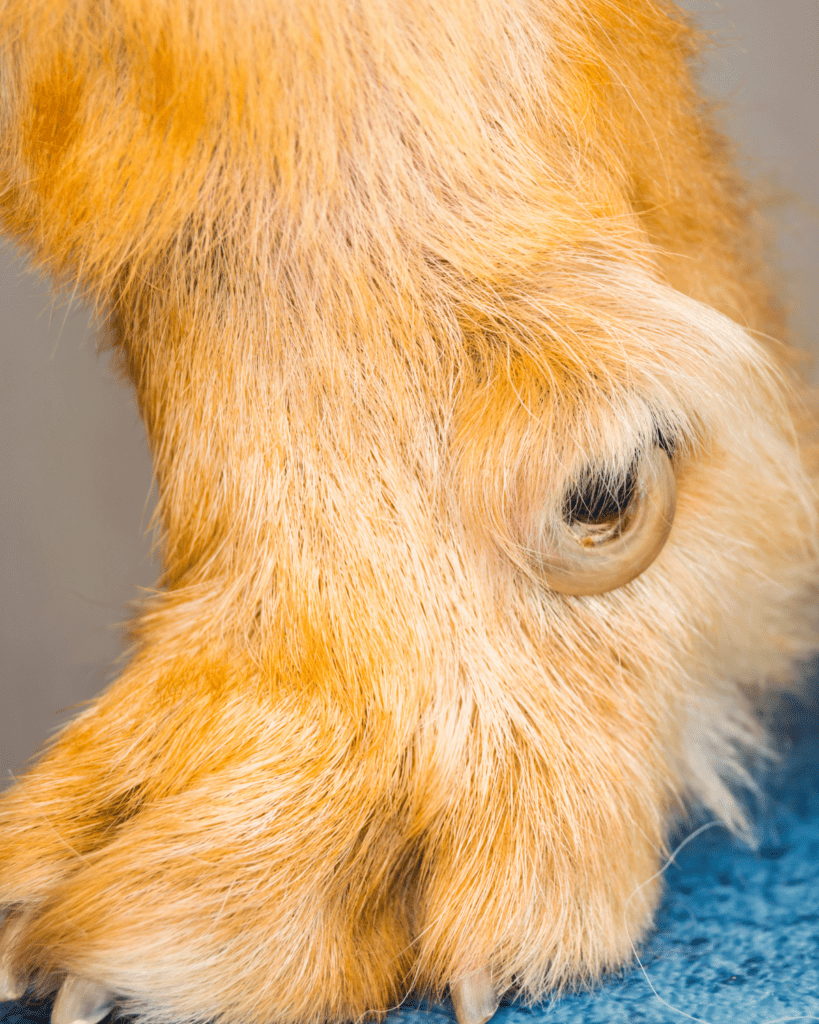
Is It Painful To Remove A Dog’s Dewclaws?
According to multiple sources, it is not recommended to remove a dog’s dewclaws unless there is a medical reason to do so such as severe injury or disease. Removing healthy front dewclaws as a preventative measure makes little sense as the problems that would require removal occur so infrequently.
Complications, such as infection or regrowth of the nail, are possible, and some breeders perform dewclaw removal themselves. Therefore, it may be considered cruel to remove a dog’s dewclaws without a valid medical reason.
However, if a dog has a serious dewclaw injury or disease of the digit, such as cancer, then dewclaw removal may be advised by a veterinarian. In this case, the procedure would be performed under general anesthesia and requires pain medications, bandage changes, activity restriction, and wearing a cone post-op.
Why Do Some Dogs Have Rear Dewclaws?
Essentially, it’s genetic! Rear dewclaws appear in various forms, and most times come with an absence of bone. The most common kind of rear dewclaw is a protuberance that’s fleshy and with a claw just at the end, sometimes they’re vestigial appendages.
In summary, the presence or absence of rear dew claws in dogs is mostly determined by breed, and it is not entirely clear why some breeds have them while others do not.
Dewclaws Are A Good Idea!
Personally, I’m a big fan of leaving our dogs as ‘natural’ as we possibly can, it’s part of my training ethos and my pet care mentality too. But this may not be right for you, and that’s okay. Just remember, if you elect to leave claws in place, they will tend to grow longer than your dogs other claws and need more regular maintenance in order to prevent injury.
If you need help building your dog to be comfortable with claw clipping then it can be a bit of a process but this can be trained…

Author, Ali Smith
Ali Smith is a professional, qualified, and multi-award winning trainer is the founder of rebarkable. She has always believed animals deserve kindness and champions force free methods. Believing that dog guardians will all choose the kindest options if proper information is provided, she aims to help all dog guardians who need it and make dog training as accessible as possible
Ali lives win Maryland, US with her husband and her three dogs.





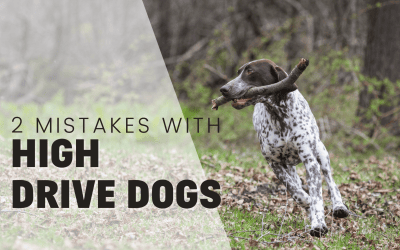
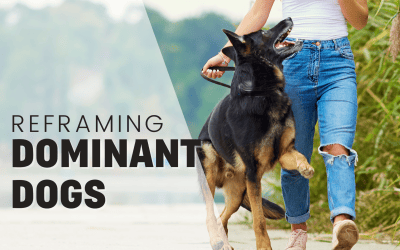
0 Comments